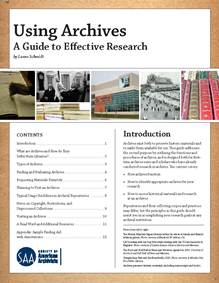Last week St. Kate's chapter of Phi Beta Kappa brought a visiting scholar, Dr. Gloria Pinney, to campus. Her visit included participating in three separate classes, plus a public lecture on her research into the Acanthus Column at Delphi. Weaving together pieces from art/archaeology, history, literature, mythology, and astronomy/cosmology, she traced her theories into the column's meaning, including why it was erected.
Listening to her speak, I thought the fields of archaeology and archives are similar in some respects. There are obvious parallels between the two related to uncovering and preserving the past and to historical research. But her use of research to decipher a puzzle brought to mind a more specific connection, for I have faced puzzles in the Ade Bethune Collection--items whose history or purpose I needed to discover in order to fully understand what they were.
One such puzzle concerns 4 unfinished painted wooden panels. They are not quite 5 feet high, with icon-style portraits in the top half and painted drapery in the bottom half. In their unfinished state they could have been preliminary studies, except for the gold leaf that was applied to parts of them. It was unlikely Bethune would have used gold leaf on anything but a final piece. These panels seemed important to her body of work on two levels. First, the Collection has few actual examples of her art, except for original drawings used for illustrations in various publications. Second, Bethune was interested in iconography and the symbols traditionally depicted with specific saints and people.
 |
Sketches for 2 of the 4 panels, showing the Mother
of God and Christ. The other 2 designs depict
John the Baptist and the patron saint of the church
for which they were intended. |
The panels were included in the shipment of Ade Bethune's items to St. Kate's upon her death, but for a number of years I couldn't place them in any sort of context. Then one day, browsing through some of the materials in the Collection, I came upon a folder titled with the name of a church and the word "Icons." Wondering if it had any connection to the mysterious panels, I looked through the contents. Inside were 3 letters, illustrated notes on the history and traditions of the iconstasis in Orthodox churches, and sketches of designs similar to the panels. In the last letter, written in response to having received a schmatic of the altar screen for the church, she wrote:
"I am upset to see that this design was made without consulting me and without respect to the nature or tradition of the iconstasis. The size of the panels shown on the drawing is 36" x 48", whereas the actual panels you furnished, and on which I have worked, are 24" x54". It looks as though we are not communicating on a professional level. Regretfully, therefore, I would ask to resign from the project and be released from the verbal contract we made."
Here was a letter that explained both the unfinished state of the panels, and the use of gold leaf. They were intended to be used as part of an altar screen, but Ade Bethune resigned the commission due to a lack of communication. And the panels remained in her house until her death.


